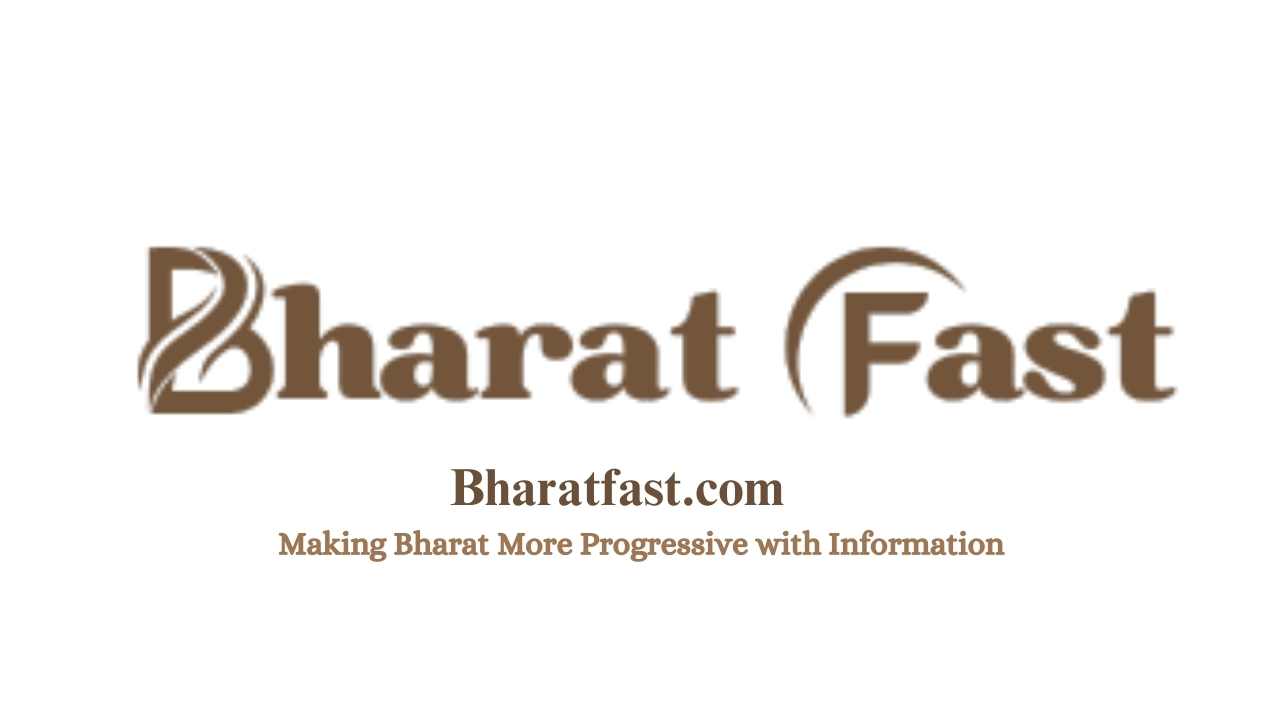Introduction to Montana Property Tax Rebate Program
As the new year approaches, Americans begin to prepare for various aspects of financial planning, particularly regarding tax laws and potential refunds. For residents of Montana, the 2024 tax season brings a noteworthy opportunity for financial relief through the state’s newly established Property Tax Rebate program. This initiative is designed to ease the financial burden on homeowners who have diligently paid property taxes on their primary residences. The rebate can provide up to $675 to qualifying homeowners, which can significantly aid families during an economically challenging period. In this article, we will explore the specifics of the rebate program, eligibility requirements, application process, and additional details that may assist homeowners in taking advantage of this opportunity.
Understanding the Montana Property Tax Rebate Program
The Montana Property Tax Rebate program is aimed at offering financial assistance to households that own and occupy their principal residence. It allows qualifying individuals to receive a reimbursement of property taxes paid, capped at a maximum rebate of $675. It is essential for residents to understand the components of this program to ensure they meet the necessary criteria for eligibility.
Eligibility Criteria
To qualify for the Montana Property Tax Rebate, homeowners must meet specific requirements outlined by the Montana Business and Income Tax Division. The following are the primary criteria:
- Homeowners must have owned their Montana residence for at least seven months in 2023.
- Residents must have lived in their principal dwelling for at least seven months during the same year.
- Property taxes must have been paid on the primary residence, and applicants must have received tax bills.
Rebate Amount Calculation
The rebate amount received by homeowners is directly correlated to the property taxes paid throughout the year. According to the Montana Business and Income Tax Division:
| Property Taxes Paid | Rebate Amount |
|---|---|
| $425 | $425 |
| $1,200 | $675 |
Types of Properties Eligible for the Rebate
The program is inclusive of various household types, as long as they meet the eligibility requirements. The types of properties that can qualify for the rebate include:
- Single-family homes
- Condominiums
- Townhouses
- Mobile and manufactured homes
- Duplexes and triplexes, provided they are owner-occupied
Disqualified Properties
While many property types are eligible for the rebate, certain properties are disqualified from receiving funds. The following categories of properties do not qualify:
- Properties owned by corporations or limited liability companies (LLCs).
- Renters are not eligible for the rebate; only property owners who meet residency criteria are considered.
- Properties held in irrevocable trusts.
Application Process
Applying for the Montana Property Tax Rebate involves a straightforward process. Homeowners must ensure they submit their applications within the designated time frame to receive potential refunds. Here’s a breakdown of the application timeline and process:
Key Dates
- **Application Deadline:** The deadline to apply for the rebate was October 1, 2024.
- **Processing Starts:** Claims submitted online will be processed starting August 15, 2024.
- **Payment Timeline:** Online claims will typically be paid within 30 days of processing, while paper claims may take up to 90 days to process.
Online vs. Paper Claims
Homeowners can choose to submit their claims online or via paper forms. Here’s how the two methods differ:
| Method | Processing Time | Notes |
|---|---|---|
| Online Submission | Approximately 30 days | Faster and more efficient processing |
| Paper Submission | Up to 90 days | Slower due to manual processing |
Documentation Required
When filing for the rebate, it’s crucial to have the proper documentation ready. Homeowners will need to provide:
- Proof of ownership (e.g., deed or mortgage statement).
- Property tax statements for 2023 from the local tax authority.
- Personal identification to verify residency.
Moving Within Montana
Homeowners who relocated within Montana during 2023 can still be eligible for the Property Tax Rebate. As long as they maintained residence for at least seven consecutive months in total, they can report their tax payments from both locations. According to the Montana Business and Income Tax Division, homeowners who moved can submit claims based on the longer-resided property. Here’s what they should keep in mind:
Claiming After Moving
If you changed your principal residence during the year, ensure you:
- Calculate the total amount of property taxes paid for both residences.
- Provide the geocode of the home where you lived the longest on your claim.
- Submit the documentation for both properties as needed.
Frequently Asked Questions (FAQs)
1. Who is eligible for the Montana Property Tax Rebate?
To be eligible, you must own and occupy a principal residence in Montana for at least seven months in 2023 and have paid property taxes on that home.
2. What is the maximum rebate amount I can receive?
The maximum rebate amount is $675, but it cannot exceed the amount of property taxes paid on your primary residence.
3. When is the application deadline for the rebate?
The application deadline for the 2024 rebate program was October 1, 2024.
4. How long does it take to receive the rebate after applying?
Online claims are typically processed within 30 days, while paper claims can take up to 90 days.
5. Can renters apply for the Property Tax Rebate?
No, the rebate is exclusively for property owners who meet the residency requirements.
Conclusion
The Montana Property Tax Rebate program in 2024 presents a valuable opportunity for homeowners to receive financial assistance during an era of increasing living costs. By understanding the eligibility criteria, application processes, and associated deadlines, you can navigate this program effectively. Should another rebate become available in future tax cycles, residents should remain informed and proactive regarding potential qualifications and benefits. Beyond the immediate financial relief, this program symbolizes the continuing efforts by state governments to support their residents in overcoming financial challenges.
